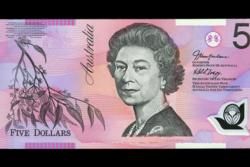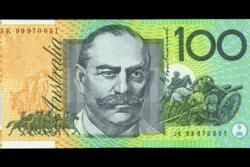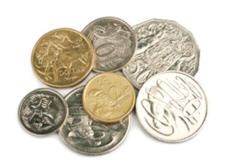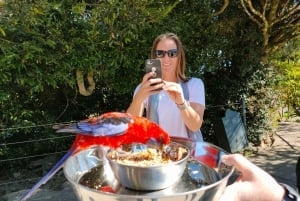Currency (Our Notes and Coins)
Exploring the world in cash.
Here in Australia we call our currency 'dollars' and 'cents' and use the symbols $ and c. Two dollars and fifty cents would look like: $2.50. And if you hear the cashier request 'two fifty' then don't worry, you aren't paying $250 for a chocolate bar. It's still $2.50.
To make life easier, our notes are coloured and the sizes vary. They are a plastic type paper note.
When it comes to our coins, they're sizes also vary, and their colours change between cents and dollars (Silver for cents and Bronze for dollars). Note: A $1 dollar coin is larger than a $2 dollar coin.
There are no 1c or 2c cent coins. When paying by cash the amout is rounded to the nearest 5c. When paying by Credit or Debit Card you pay the exact amount.
Our $5 note is a light purple colour and the smallest of our notes. Featured on the note is Queen Elizabeth II and Parliament House and Old Parliament House.
Our $10 note is a light blue colour. Featured on the note is Banjo Paterson and Dame Mary Gilmore.
Our $20 note is a red/orange colour. Featured on the note is Mary Reibey and Reverend John Flynn.
Our $50 note is a yellow colour. Featured on the note is David Unaipon and Edith Cowan.
Our $100 note is green and the largest of our notes. Featured on the note is Dame Nellie Melba and General Sir John Monash.
Coins
Our silver coins (nicknamed shrapnel) represent our cents. We have 5c, 10c, 20c and 50c. The 5c coin is the smallest, and the 50c coin is the largest. It's also shaped as a decagon. There are no one or two cent coins.
Bronze coins are used for our $1 and $2. They're also thicker than the silver coins but smaller than most. NOTE: the $1 dollar coin is larger than the $2 dollar coin. In fact the $2 dollar coin is smaller than all the coins except for the 5c piece.

















